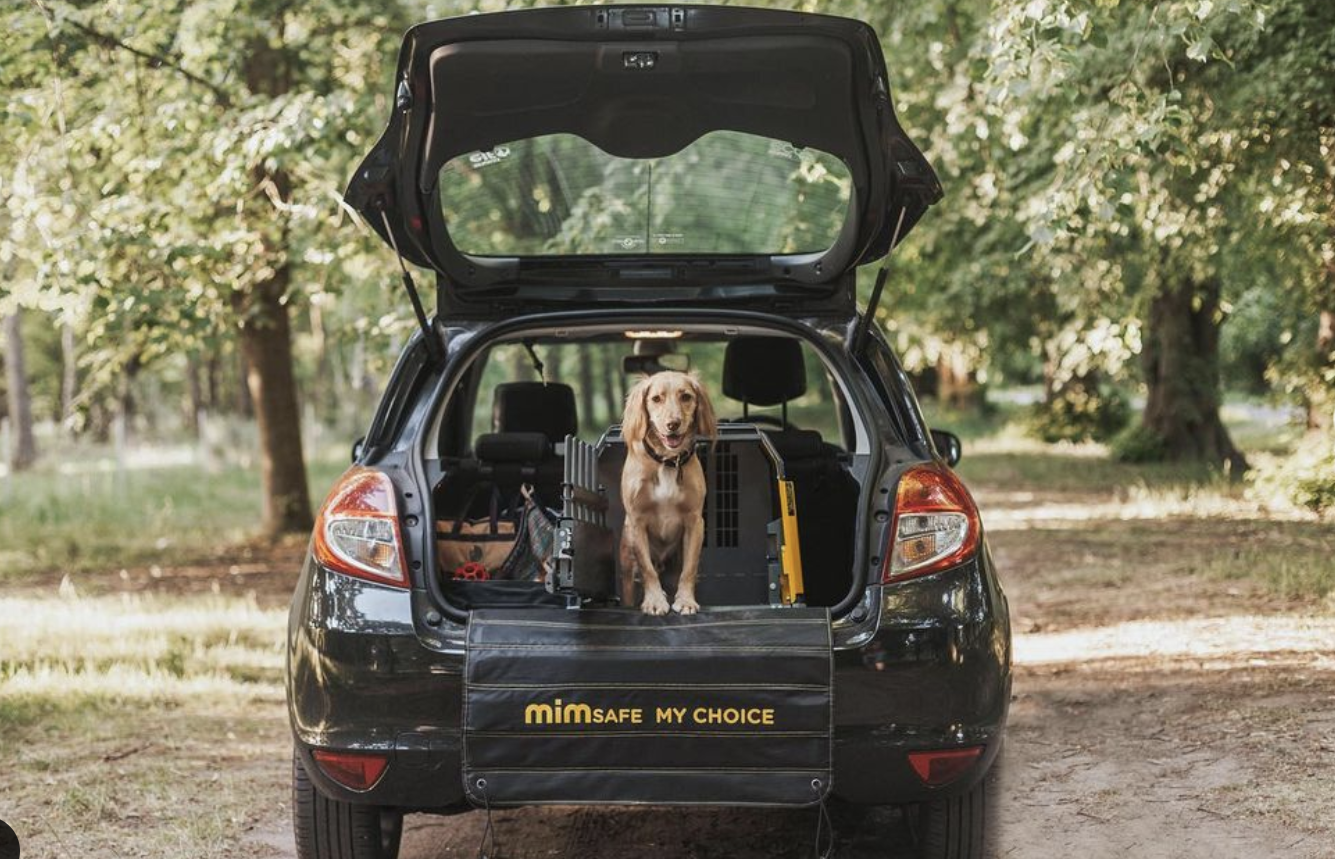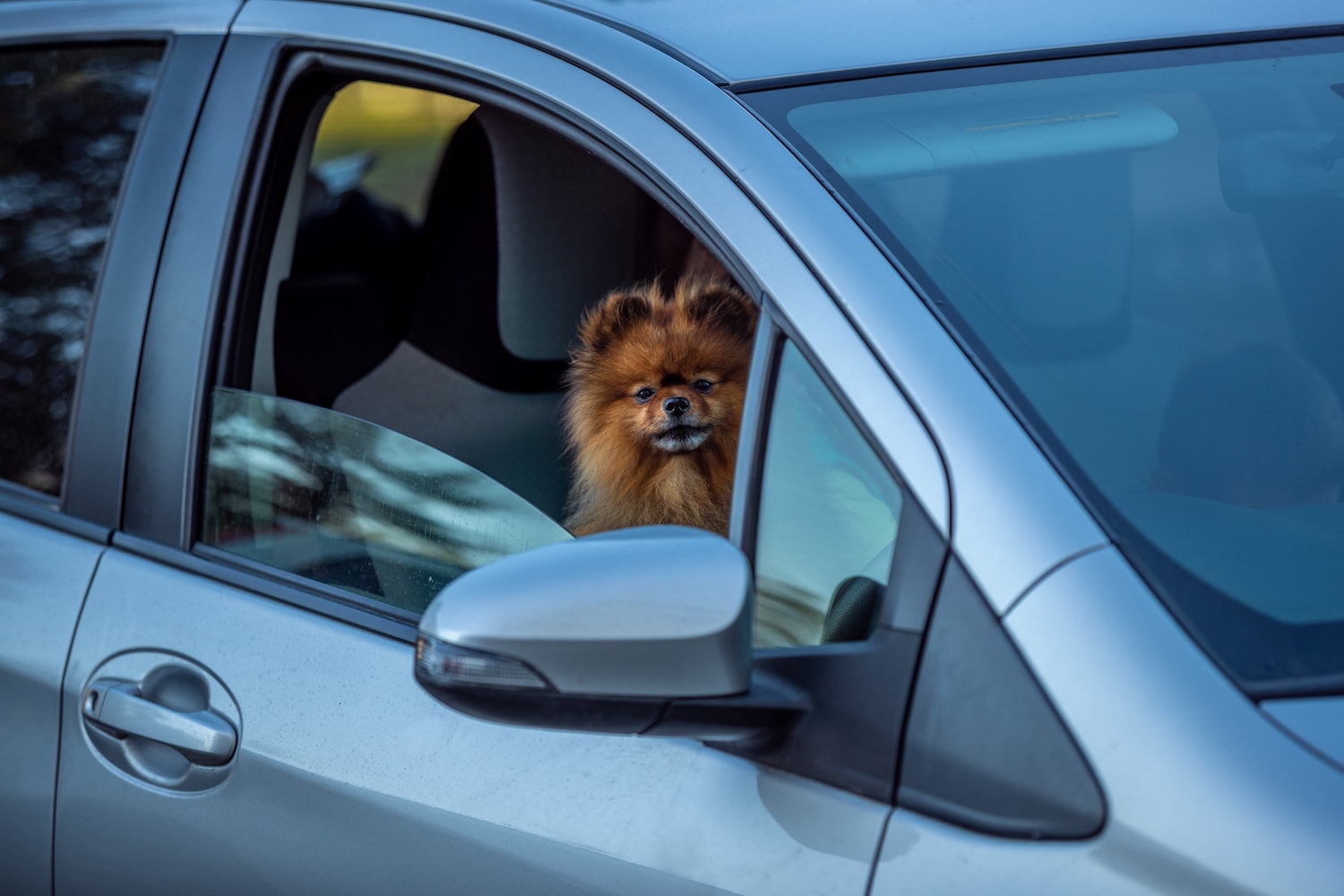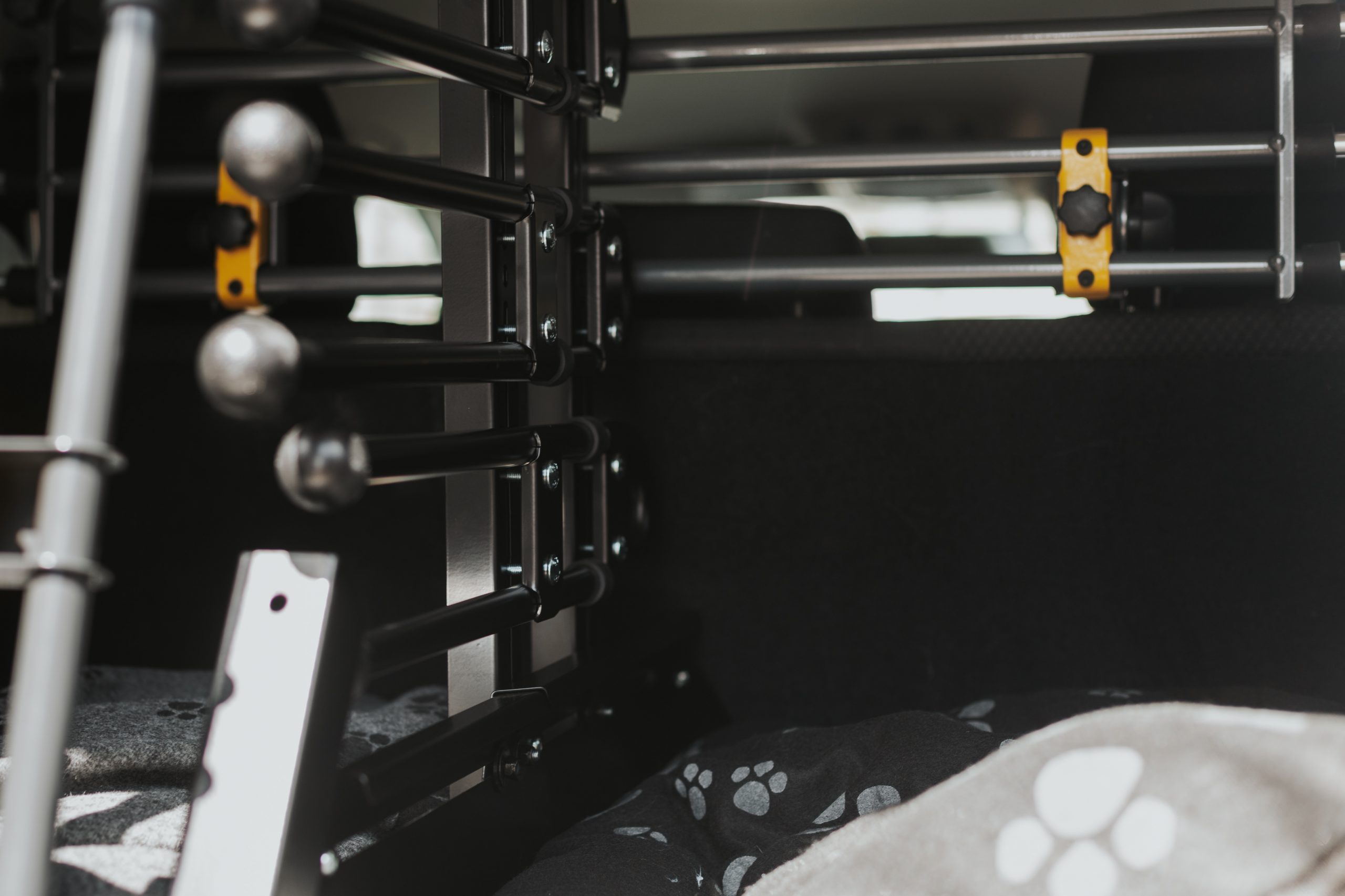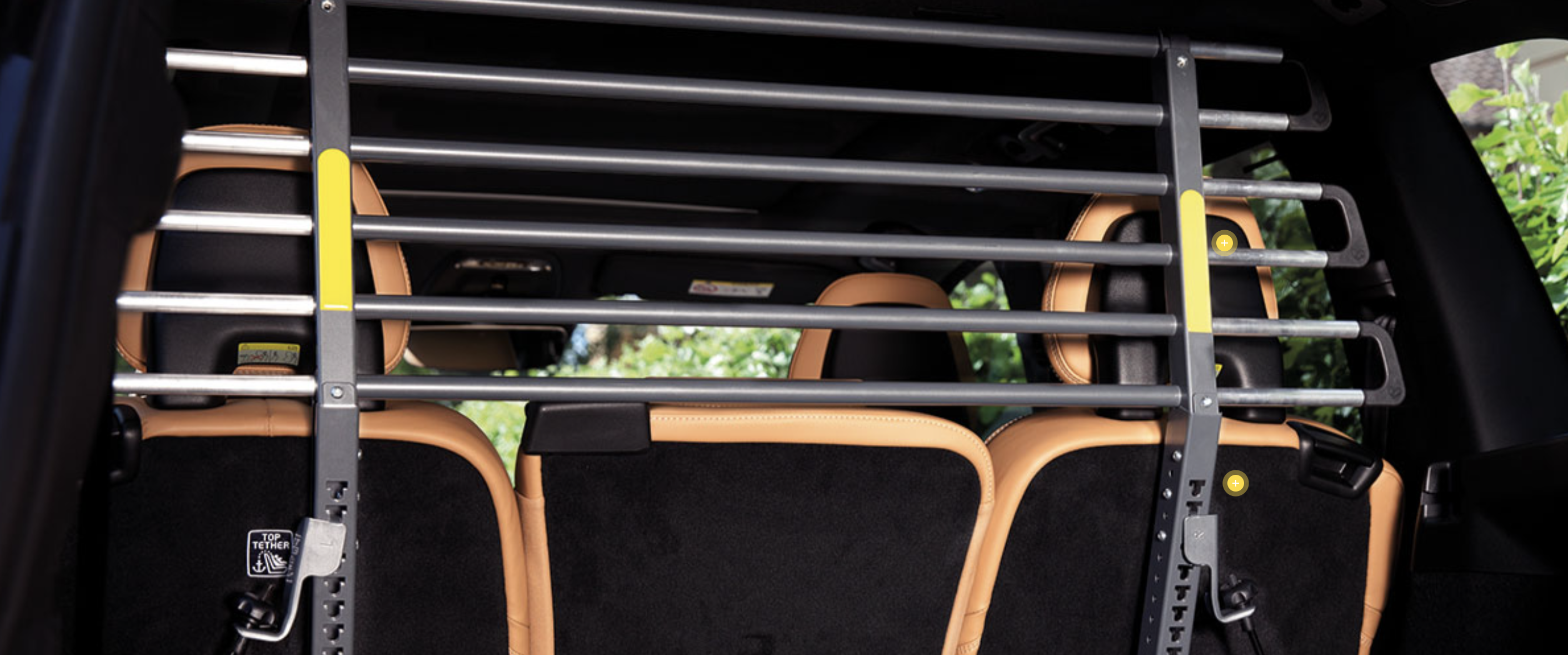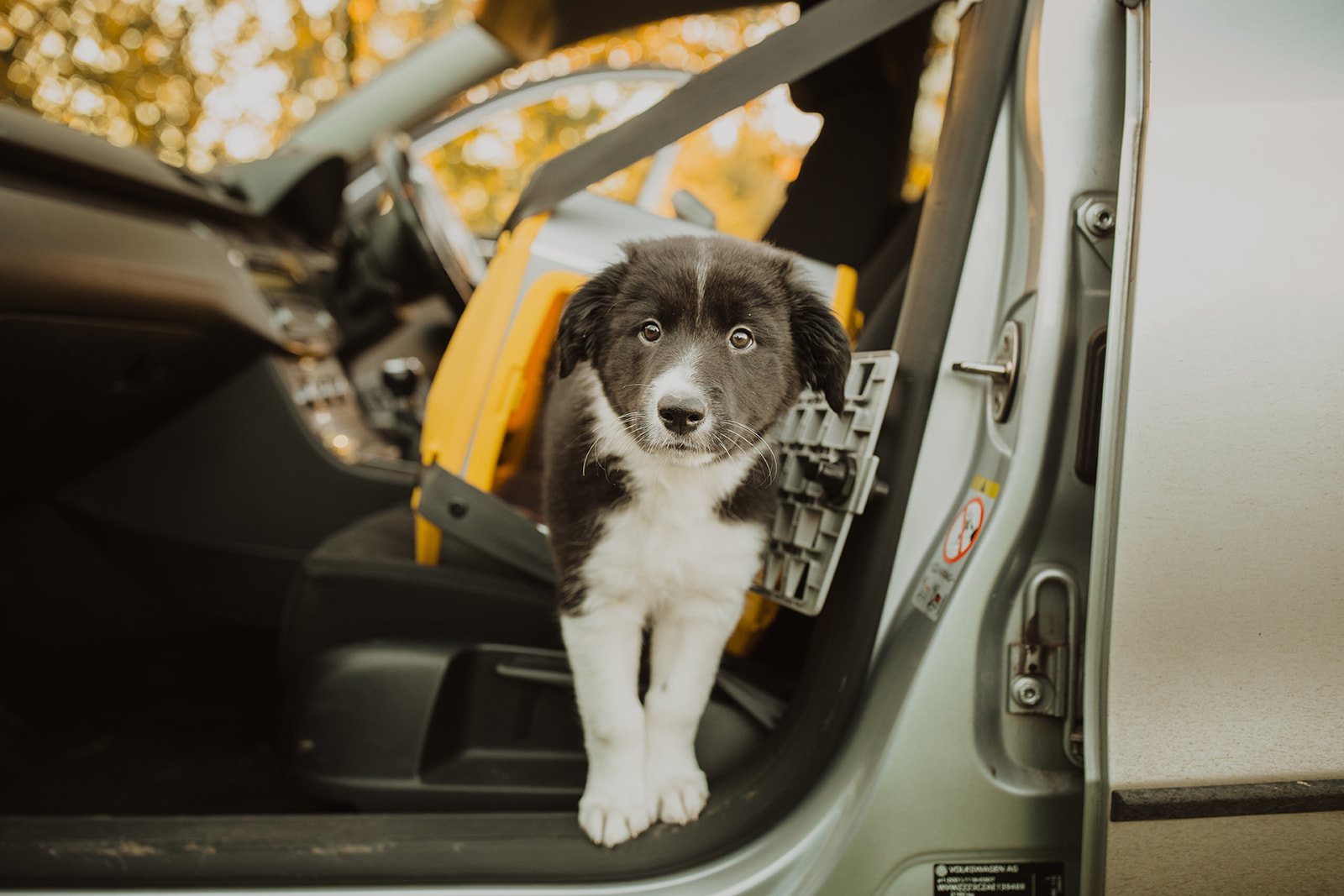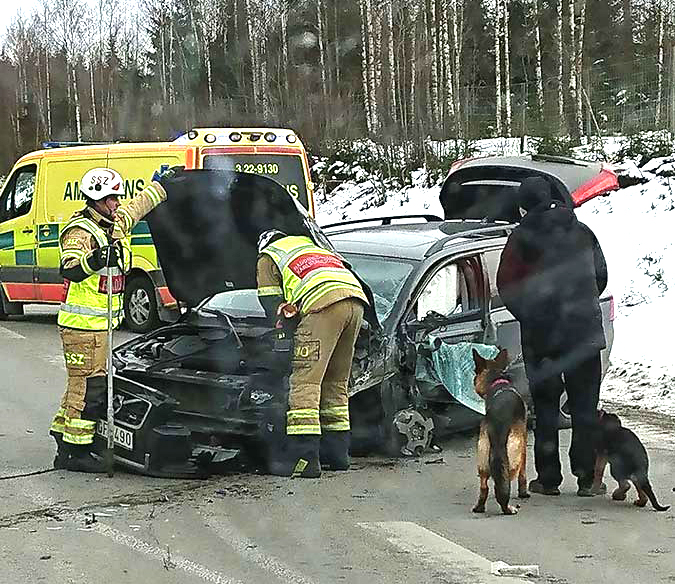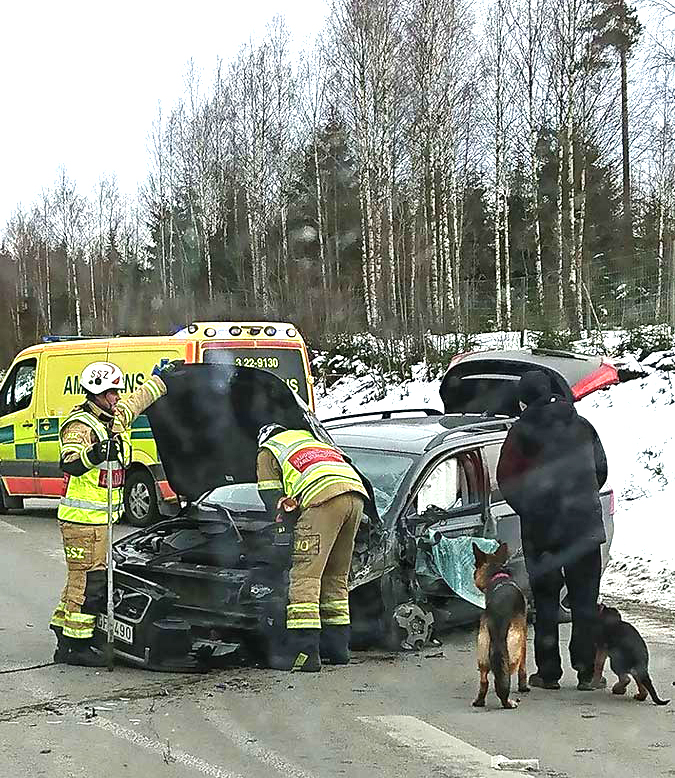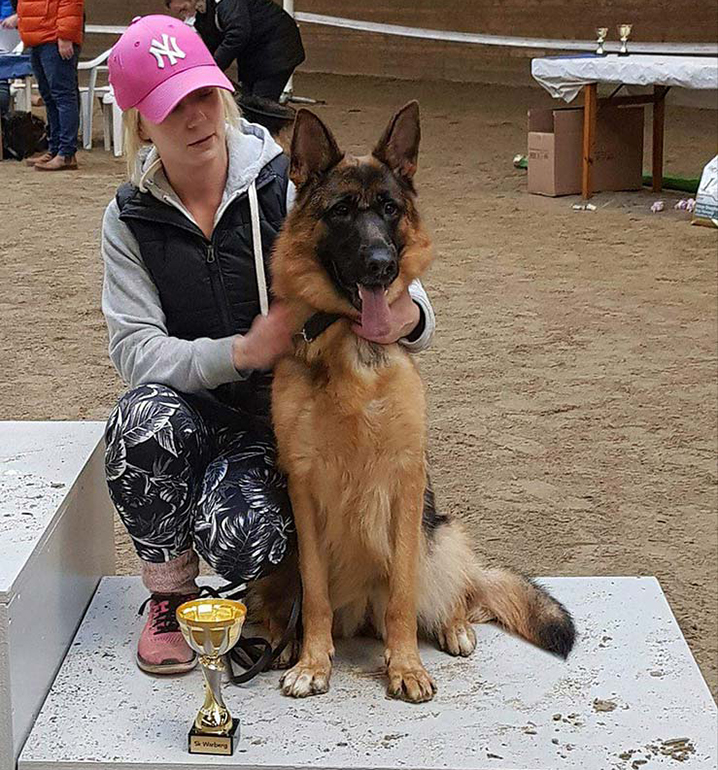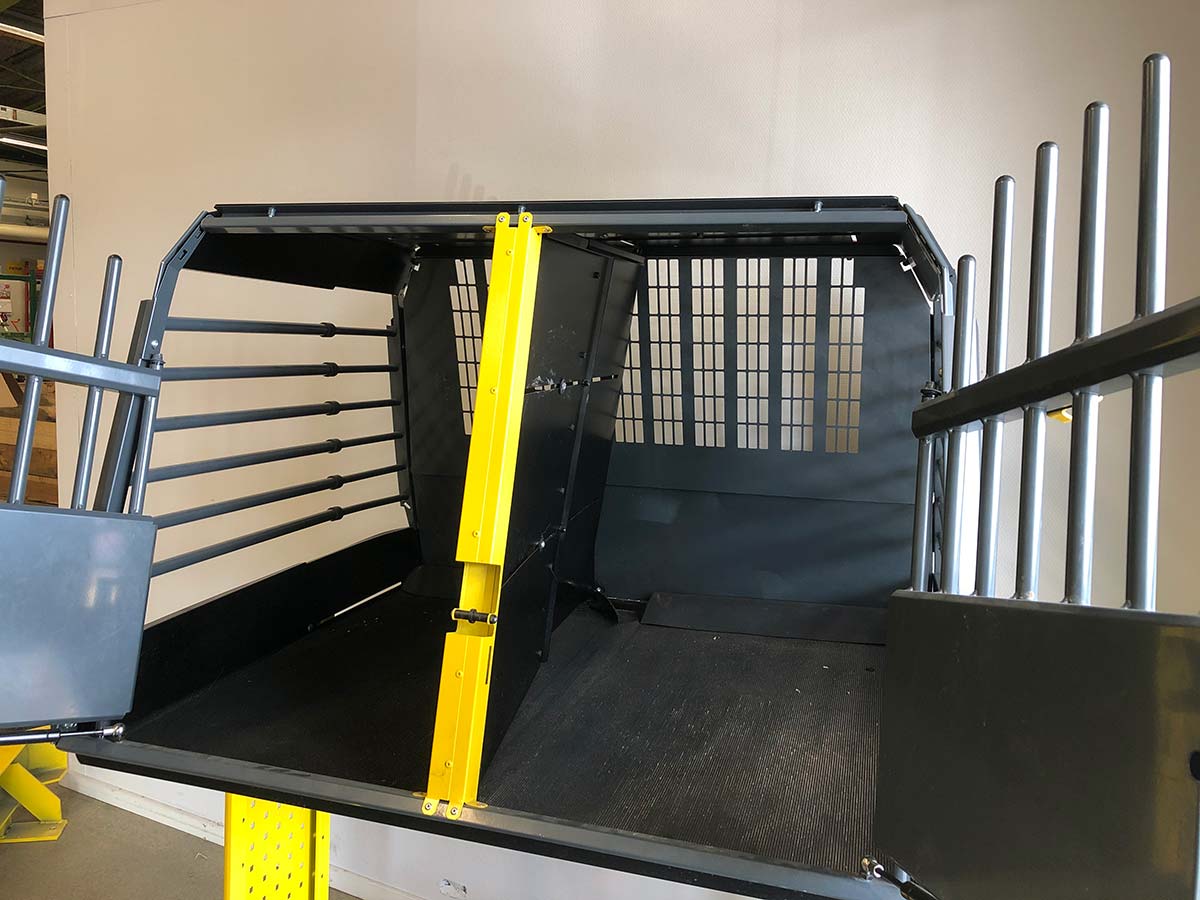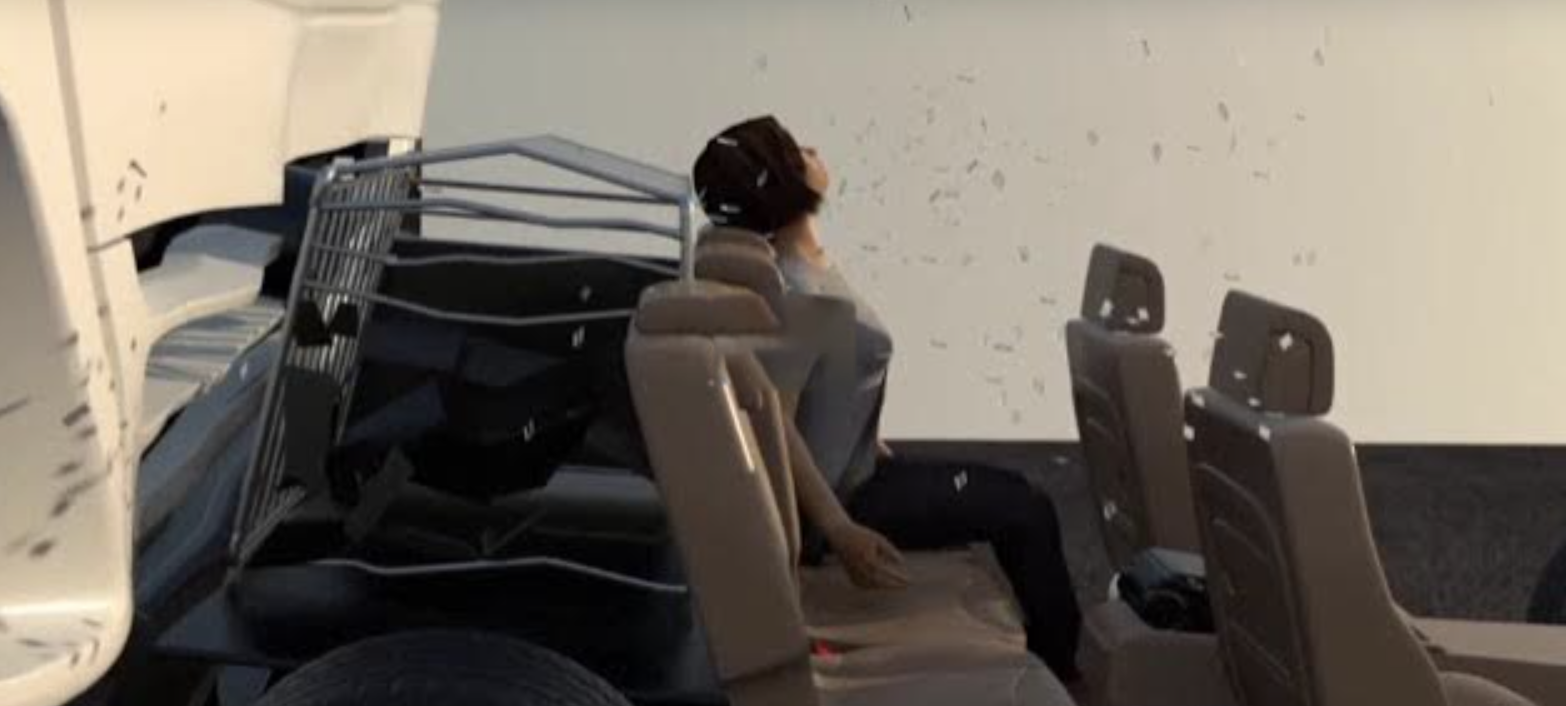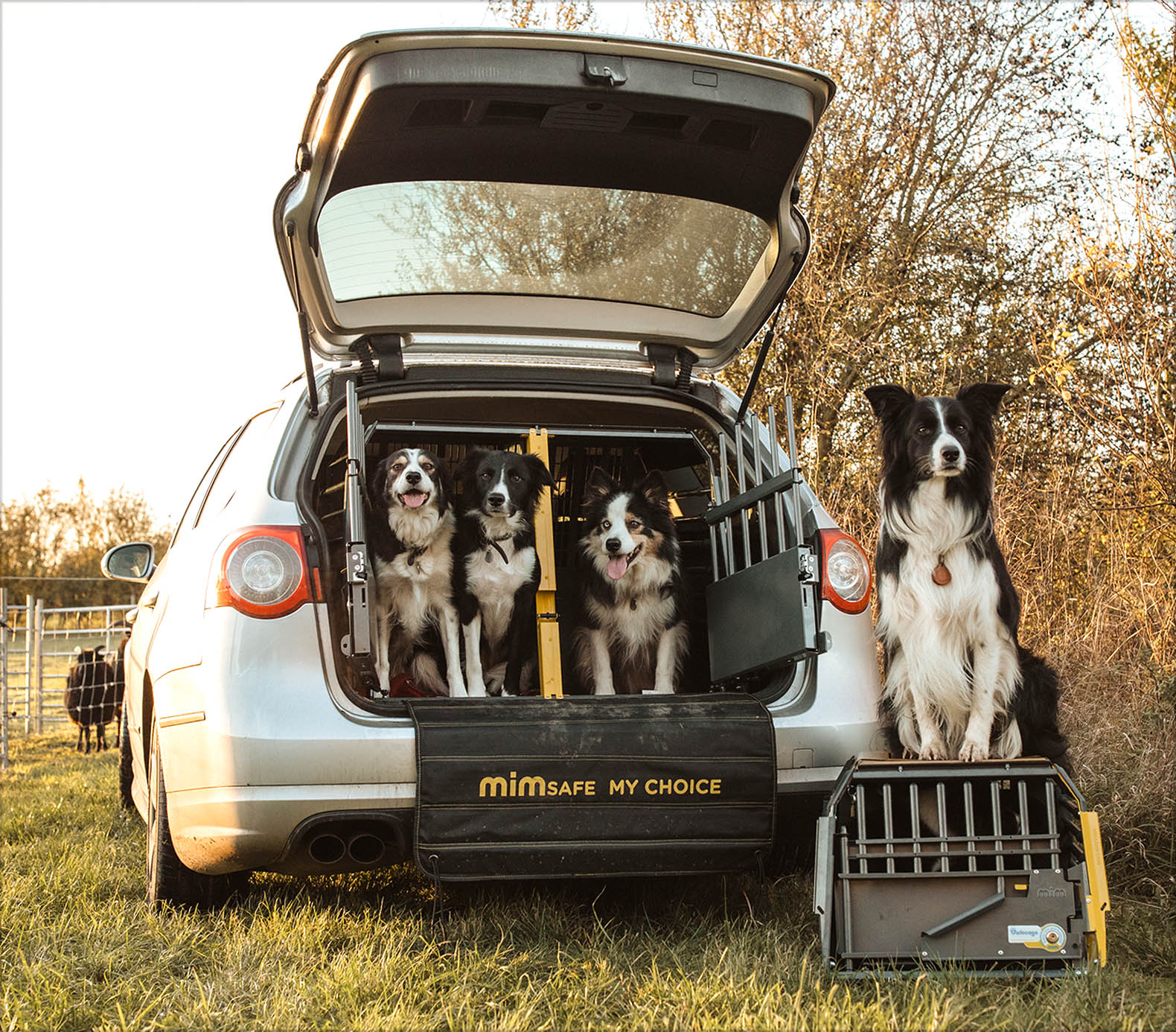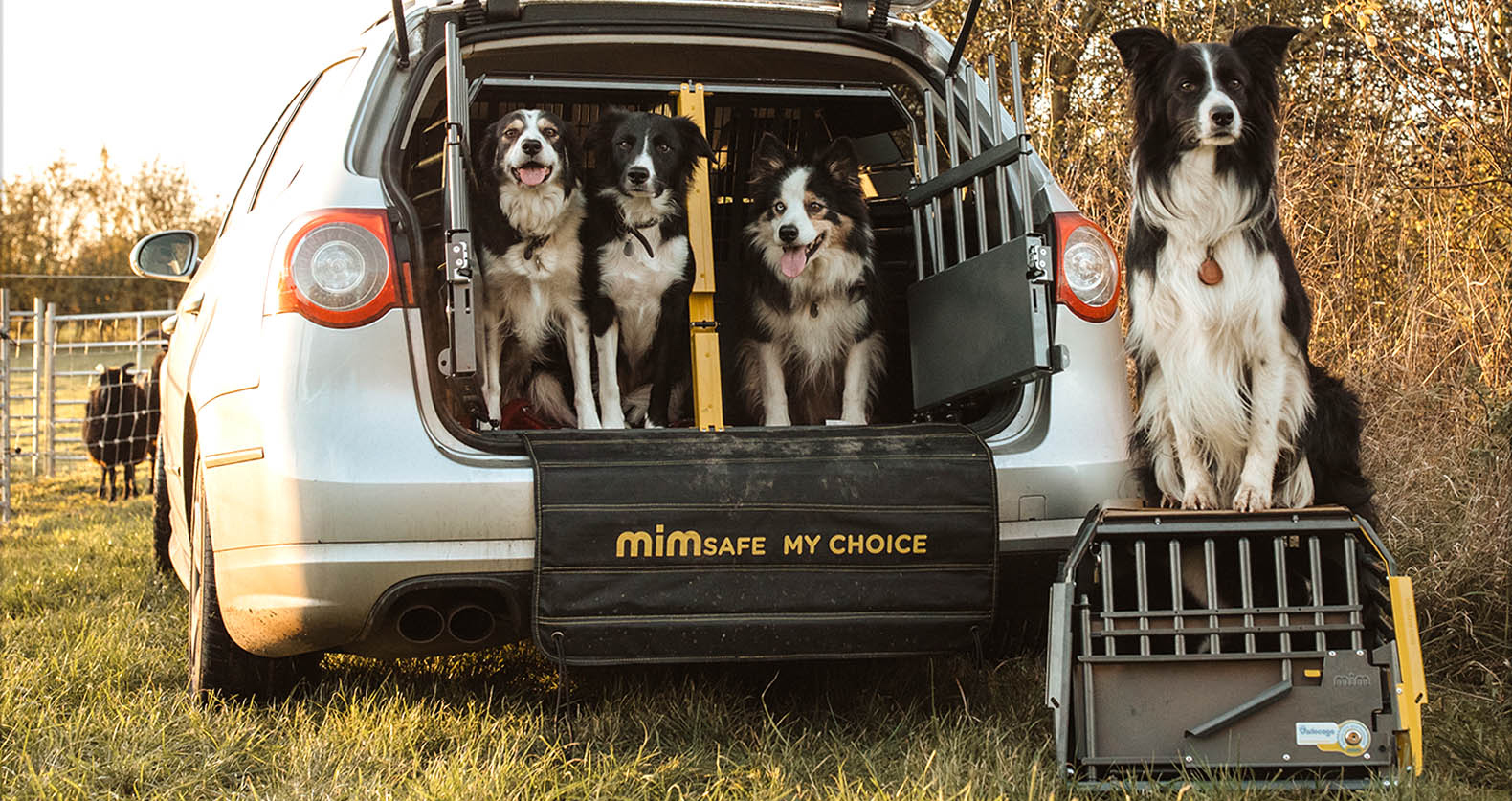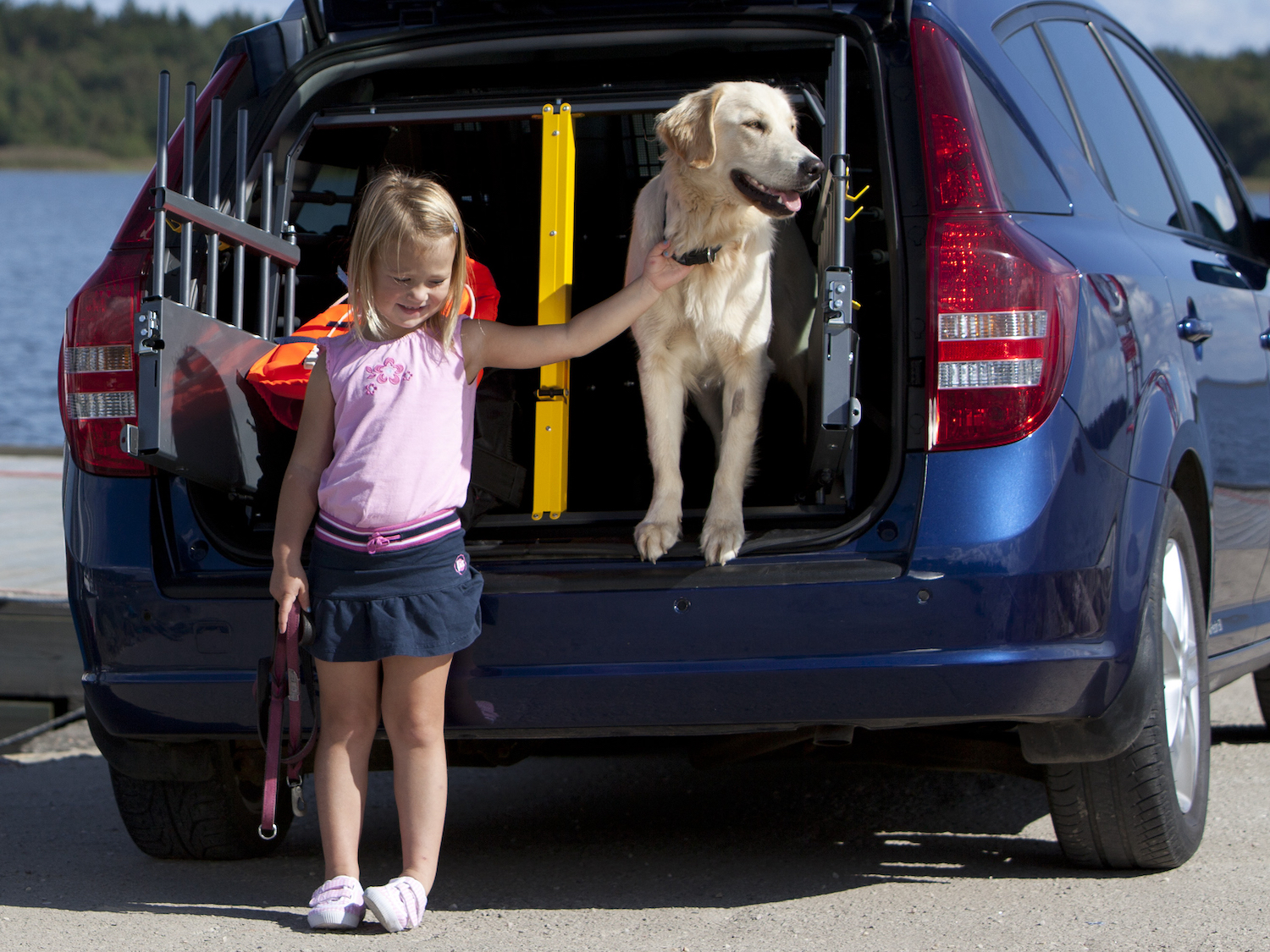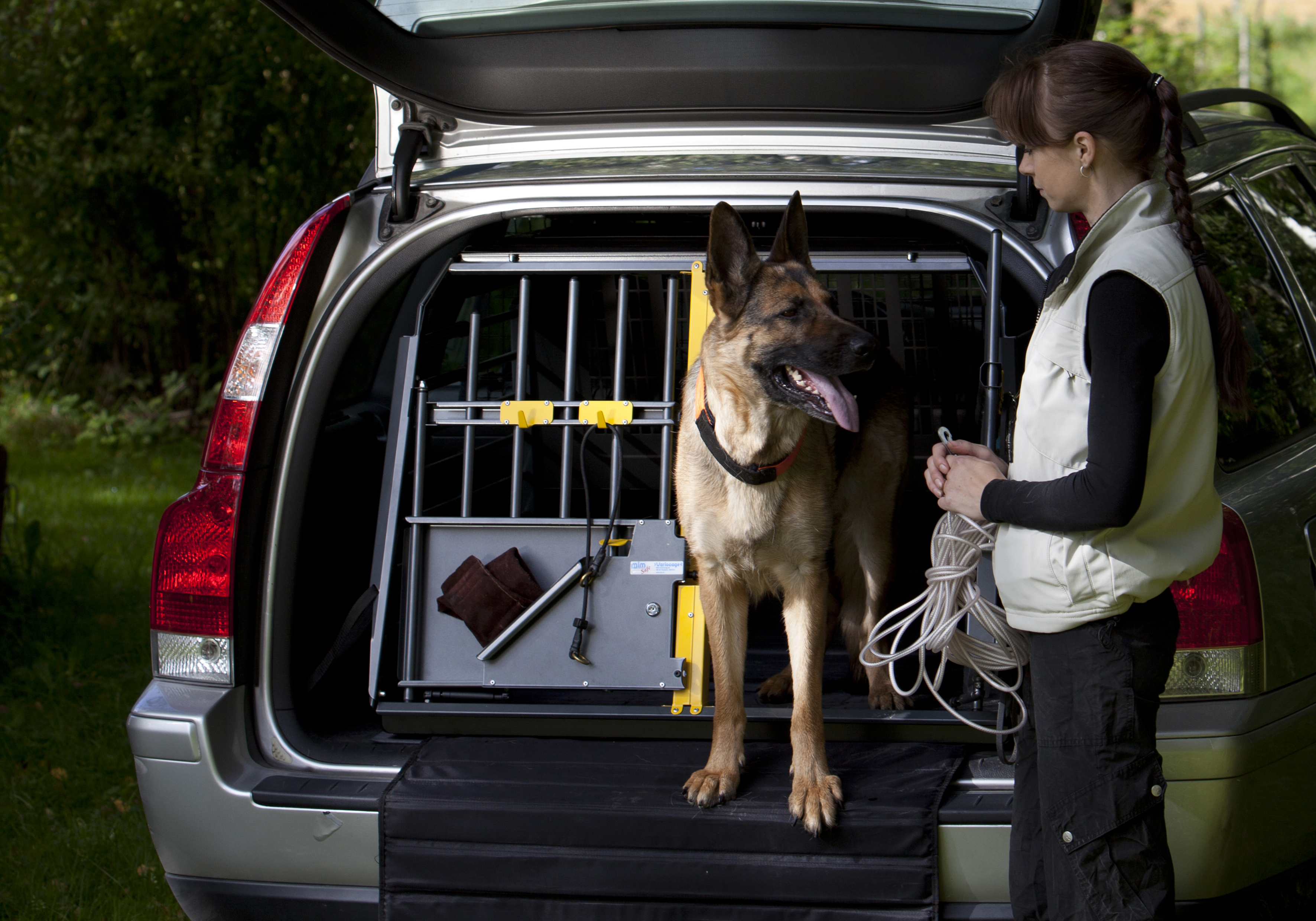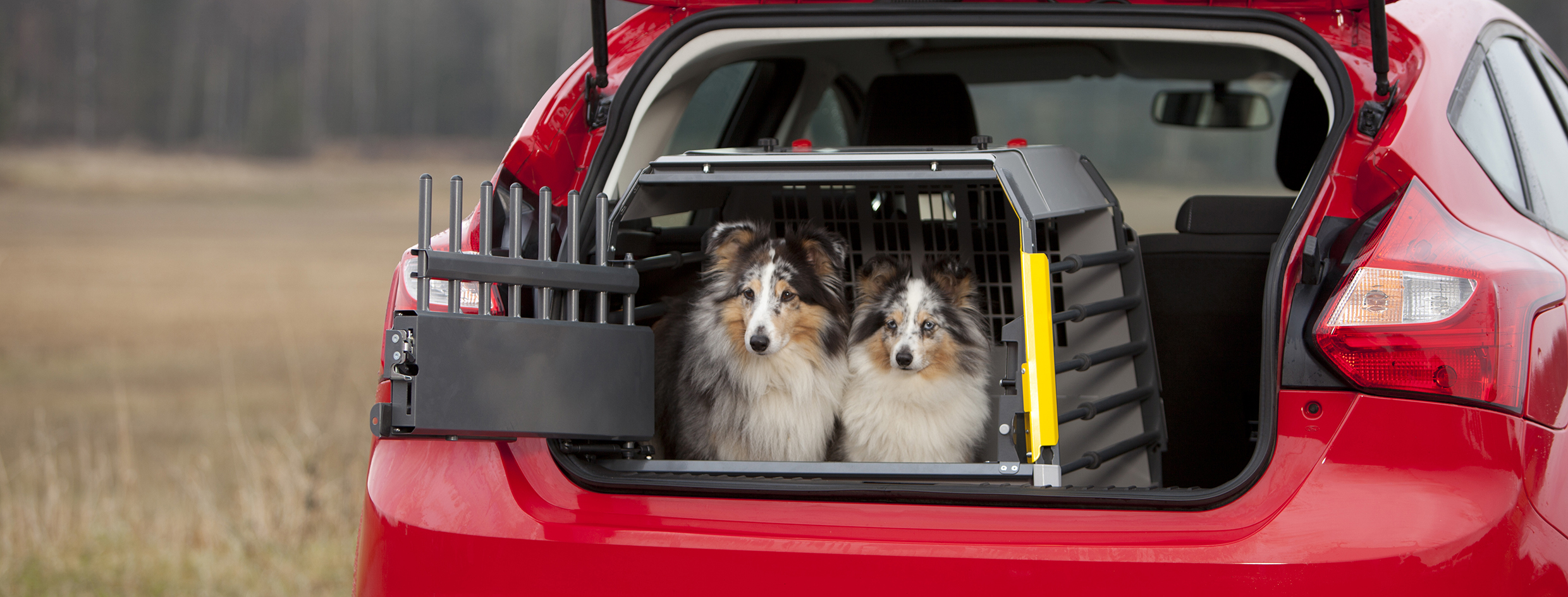
Crate training your puppy is vital to ensure the safety and well-being of your dog whilst travelling. A dog that refuses to get into a vehicle, causes driver distraction or jumps out at will, is a danger to itself and others.
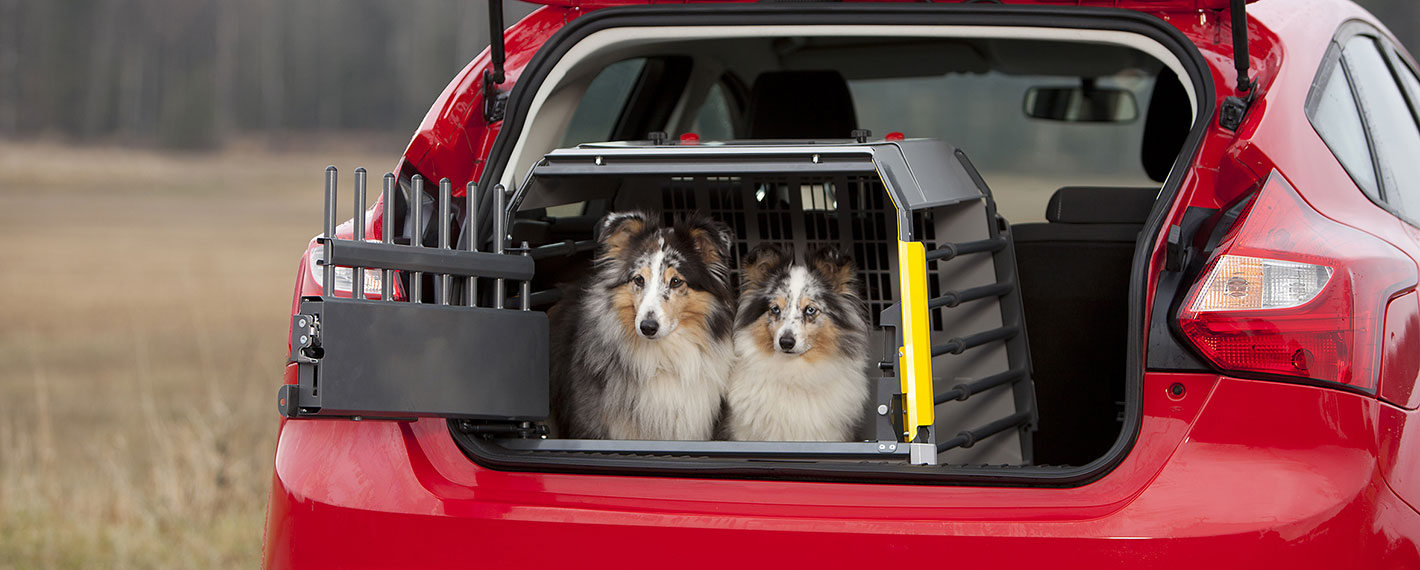
Start training early; making positive associations by crate training at home first helps your puppy associate their car crate with feeling safe and secure. With correct training, your dog will look forward to time in their crate. Always perform car crate training where your puppy cannot run out into the road and remove their collar beforehand to prevent it from getting caught.
1. Choose the right car crate
When choosing a car crate, ensure it is the correct fit. Your dog must be able to comfortably stand up, turn around and lie flat inside their crate. Our Variocages come in a wide-ranging variety of shapes and sizes so there should be an option for everyone.
2. Positive reinforcement
Lots of treats and praise is key in training your puppy to regard their crate as a positive and secure space. Feed your dog part of his main meal in the crate, reward him with treats for being in the crate, and fit the crate with a familiar, comfortable blanket to reduce his anxiety whilst training or travelling.
Lure your puppy into the car crate with treats, once the puppy is comfortable with this, try putting a treat in and closing the door for a few seconds before reopening it. Always reward once they are in the crate if they are not crying or whining.
3. Introducing cues into Crate Training
Once your puppy is happily entering the crate to eat his reward, start to use cues for their entrance and exit. Use the entrance cue before tossing in the treat.
After doing this a few times, wait to reward until they are already in the crate.
A release cue is essential so you can open the car crate and your puppy will remain there until you cue it is safe to come out. Say the familiar exit cue and toss a treat outside the crate. Do this until the dog leaves the crate on cue. Now phase out the treats and use only the cues.
4. Short and Sweet Sessions
Gradual training is most effective; your dog’s comfort is paramount. Leaving the boot door open at first and gradually working up to closing it gently, along with turning on the motor when stationary will acclimatise them to the sound and experience. Slowly increase the time spent in the crate.
Never leave your dog unsupervised whilst crate training as this can increase anxiety, sitting with them in the car helps them remain calm.
5. Limit Travel Anxiety
Make your puppy’s first few journeys short and enjoyable. A trip to go for a walk or to a nearby dog park will encourage them to feel excited to get back in the car!
A car crate is the most secure option for travelling with pets – our crash tested crates are completely secure and fitted with multiple safety features that ensure your puppy’s safety and comfort.

